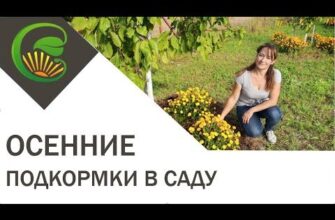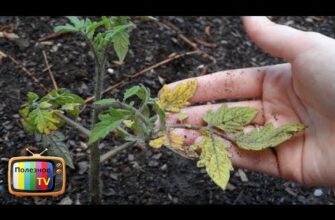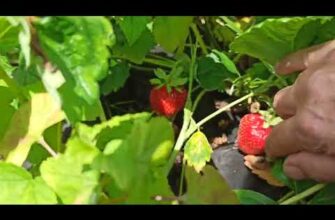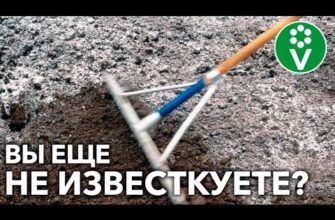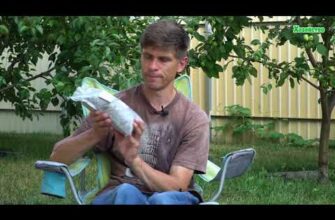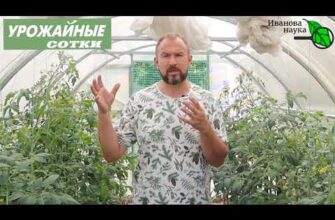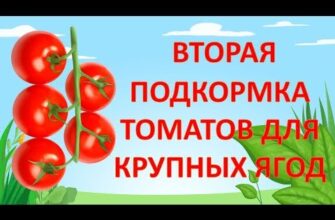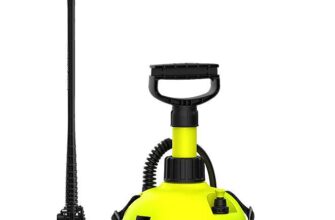- Выбор семян для рассады
- Подготовка грунта для посева рассады
- Выбор грунта
- Состав грунта
- Подготовка грунта
- Правильная температура для прорастания
- Оптимальная температура
- Поддержание оптимальной температуры
- Световой режим для здоровой рассады
- Вентиляция и обеспечение свежего воздуха
- Правильный полив рассады
- Удобрение для рассады
- Пикировка и пересадка рассады
- Пикировка
- Пересадка
- Защита рассады от вредителей и болезней
- Подготовка рассады к пересадке в открытый грунт
- Правильное время для пересадки рассады
- Секреты успешной адаптации рассады в открытом грунте
- Подсветка
- Полив
- Уход
- Вопрос-ответ:
- Какая правильная температура для рассады?
- Какую подсветку нужно использовать для рассады растений?
- Сколько раз в неделю нужно поливать рассаду?
- Какие секреты ухода за рассадой можно использовать, чтобы она хорошо развивалась?
- Можно ли использовать обычный светильник для подсветки рассады?
- Видео:
- ВСЕ ЧТО НУЖНО ЗНАТЬ О ВЫРАЩИВАНИИ ПЕРЦА! Как посеять сладкий перец
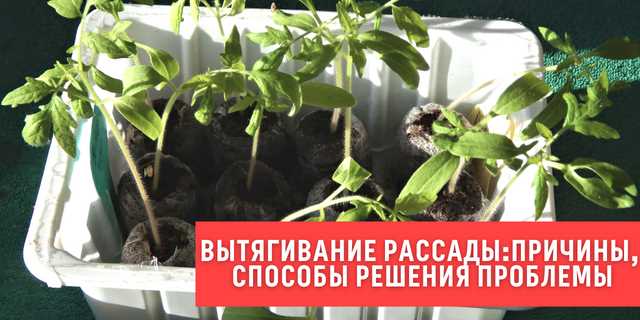
Рассада – это первый шаг к успешному выращиванию растений. Она является незаменимой вещью для дачников и садоводов. Но чтобы получить крепкую и здоровую рассаду, необходимо уделить внимание не только правильному посеву, но и уходу за ней.
Один из ключевых аспектов ухода за рассадой – это подсветка. Рассада требует достаточного количества света для своего нормального развития. Для этого можно использовать специальные фитолампы или просто поставить контейнеры с рассадой на окно с южной стороны. Важно помнить, что световой режим играет большую роль в формировании крепкого стебля у растений.
Но помимо подсветки, необходимо учитывать и температурный режим. Рассаде требуется определенная температура для нормального роста и развития. Оптимальная температура для большинства культур составляет около 20-25 градусов. Важно также обеспечить достаточную вентиляцию, чтобы избежать перегрева рассады.
Но не только свет и температура играют роль в уходе за рассадой. Важное значение имеет также полив. Рассаде необходимо регулярно и равномерно поливать, чтобы она получала достаточное количество влаги. Однако не стоит переусердствовать с поливом, чтобы избежать загнивания корней. Важно также использовать качественную воду без примесей.
Выбор семян для рассады
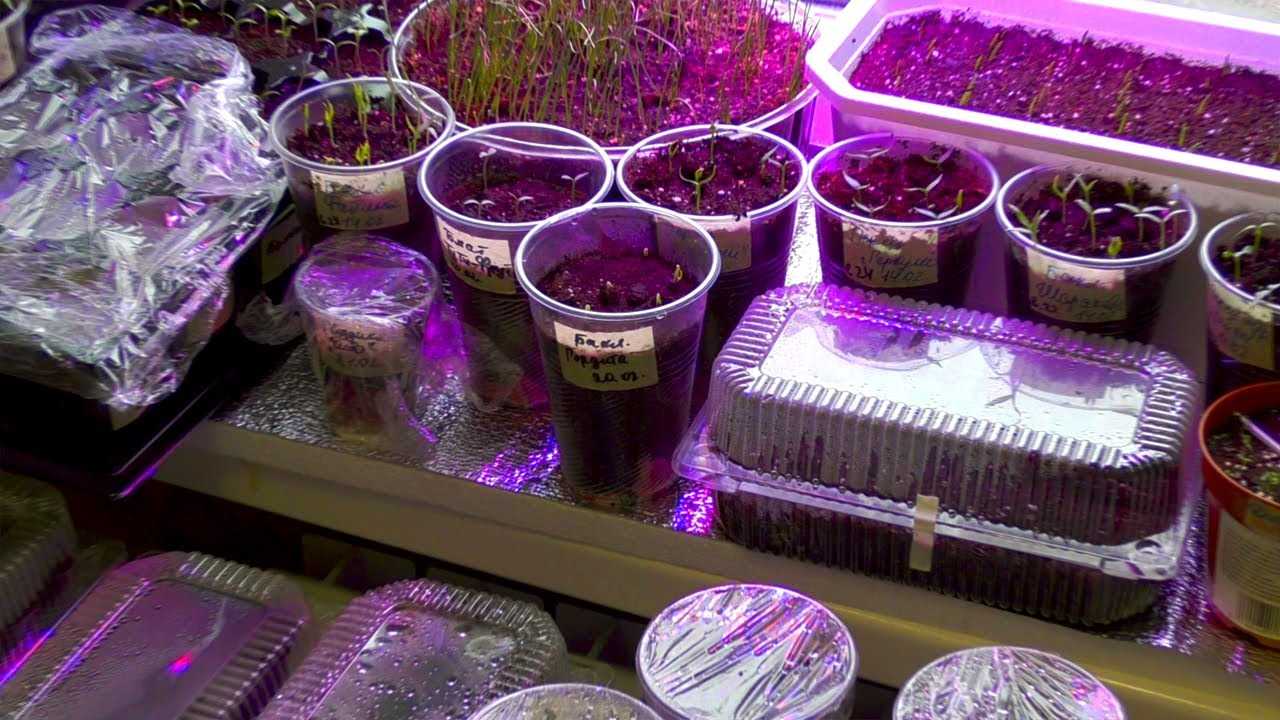
Рассада — один из важных этапов возделывания растений. От правильного выбора семян зависит дальнейший рост и развитие растений.
При выборе семян необходимо учитывать множество факторов, включая температуру, подсветку и полив.
Температура — один из основных факторов, влияющих на прорастание семян. Некоторые семена требуют определенной температуры для успешного прорастания. Поэтому перед покупкой семян необходимо ознакомиться с рекомендациями производителя.
Подсветка — еще один важный фактор для рассады. Некоторые растения требуют большого количества света для нормального роста. В таком случае необходимо предусмотреть дополнительное освещение, например, использование специальных ламп.
Полив — не менее важный фактор для успешной рассады. Правильное поливание помогает растениям получить достаточное количество влаги для роста и развития. Но важно помнить, что некоторые семена не переносят переувлажнение, поэтому полив следует осуществлять с учетом рекомендаций для каждого вида семян.
Подготовка грунта для посева рассады
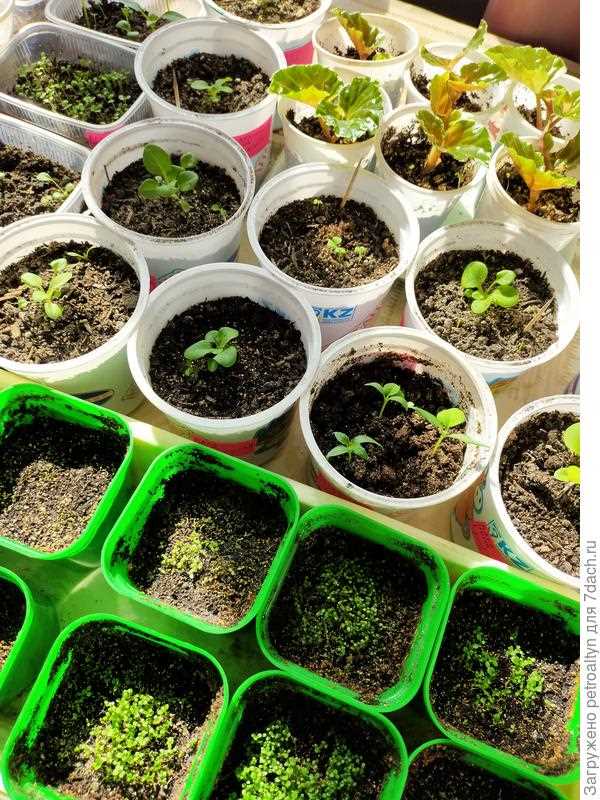
Успешный выход рассады зависит от правильной подготовки грунта для посева. От выбора грунта и его состава зависит будущее развитие рассады и ее устойчивость к неблагоприятным условиям.
Выбор грунта
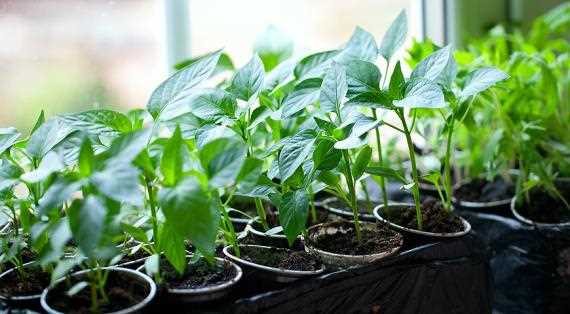
Для выращивания рассады необходимо выбрать подходящий грунт, который обеспечит хорошую воздухо-водопроницаемость и питательность. Лучше всего использовать специально подготовленные грунты для рассады, которые можно приобрести в специализированных магазинах.
Состав грунта
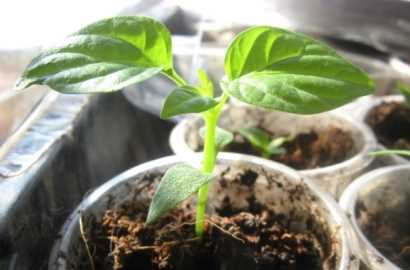
Оптимальный состав грунта для посева рассады состоит из органических и минеральных компонентов. Для обеспечения воздухо-водопроницаемости и хорошей влагоемкости рекомендуется добавить песок или перлит. Органические компоненты, такие как торф или перегной, позволяют обеспечить рассаду необходимыми питательными веществами.
Подготовка грунта
Перед посевом рассады необходимо подготовить грунт. Для этого его следует просеять, удалив крупные куски и сорную растительность. Затем грунт рекомендуется обработать антисептическим раствором для предотвращения возникновения болезней и вредителей.
Таким образом, правильная подготовка грунта для посева рассады играет важную роль в успешном развитии и уходе за растениями. Выбор подходящего грунта, его состав и подготовка обеспечат оптимальные условия для роста и развития рассады.
Правильная температура для прорастания
Для успешного прорастания рассады необходимо создать оптимальные условия, включая правильную температуру. Правильная температура является важным фактором, который влияет на скорость и качество прорастания.
Оптимальная температура
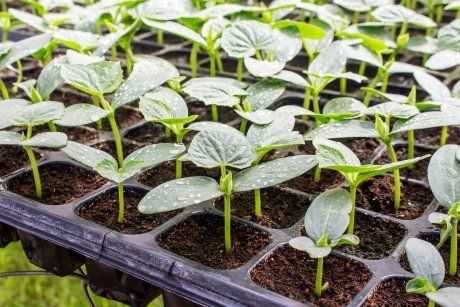
Оптимальная температура для прорастания семян рассады различных растений может отличаться. Обычно, для большинства культур, оптимальная температура составляет около 20-25 градусов Цельсия. Важно отметить, что некоторые растения, такие как перец и баклажаны, требуют более высокой температуры прорастания, около 25-30 градусов Цельсия.
Поддержание оптимальной температуры
Для поддержания оптимальной температуры можно использовать различные методы. Один из них — использование теплицы или мини-теплицы. Такой способ обеспечивает защиту от изменений температуры и позволяет контролировать условия прорастания. Важно также учитывать, что температура в помещении, где находится рассада, должна быть стабильной и не подвержена резким колебаниям.
Также рекомендуется использовать специальные системы подогрева, которые обеспечивают равномерное распределение тепла и предотвращают перегревание или охлаждение рассады. Важно помнить, что при использовании подогрева необходимо правильно настроить температурный режим, чтобы избежать перегрева и возможных повреждений растений.
Все эти меры помогут создать комфортные условия для прорастания семян и обеспечить рассаде необходимую температуру для успешного развития. Важно также учитывать, что температура должна соответствовать другим условиям ухода за рассадой, таким как полив, подсветка и вентиляция.
Световой режим для здоровой рассады
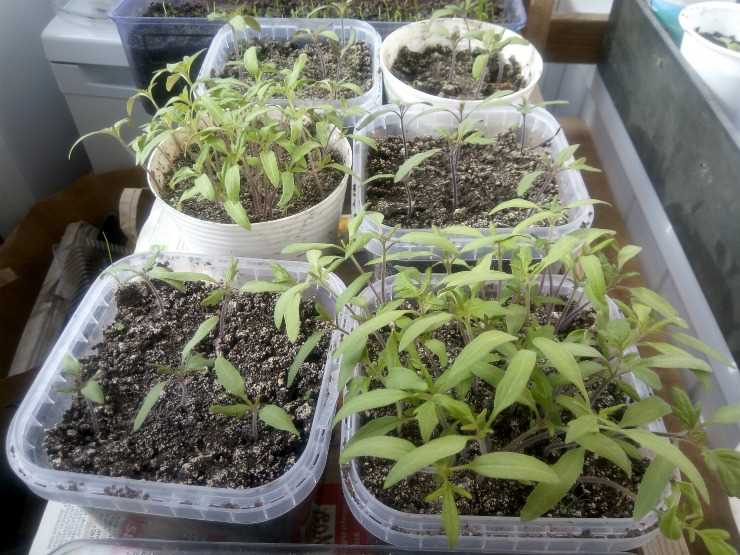
Уход за рассадой включает в себя множество важных аспектов, и одним из ключевых является правильная подсветка. От того, какое количество света получает рассада, зависит ее здоровье и развитие.
Температура и продолжительность подсветки являются основными факторами, определяющими световой режим для рассады. Температура окружающей среды должна быть комфортной для растений — примерно 18-22 градуса Цельсия.
Световой день для рассады должен быть не менее 12-14 часов. Для обеспечения достаточного количества света можно использовать искусственное освещение. Важно помнить, что рассада нуждается в непрерывном свете, поэтому лучше использовать лампы с низким энергопотреблением или специальные фитолампы.
Рассаду можно выращивать в горшках на подоконнике с южной стороны, но в этом случае необходимо обеспечить дополнительную подсветку. Можно использовать светодиодные ленты или специальные фитолампы, размещенные над растениями на определенном расстоянии.
Важно помнить, что световой режим для рассады должен быть стабильным и регулярным. Растения нуждаются в постоянном доступе к свету для нормального роста и развития. Следуя этим рекомендациям, вы сможете обеспечить здоровую и крепкую рассаду, готовую для посадки в открытый грунт.
Вентиляция и обеспечение свежего воздуха
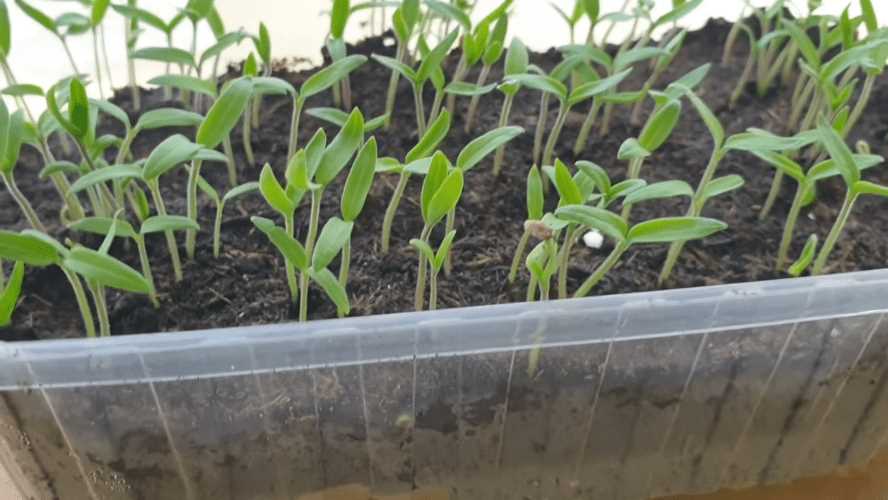
Для здорового роста рассады необходимо не только правильно поливать, контролировать температуру и обеспечивать подсветку, но и обеспечивать вентиляцию и свежий воздух.
Вентиляция помогает рассаде получать достаточное количество кислорода, который необходим для ее полноценного развития. Если растения находятся в закрытом пространстве без доступа к свежему воздуху, они могут задыхаться и развиваться неправильно.
Особенно важно обеспечить вентиляцию в теплицах или закрытых помещениях, где температура может повышаться. Вы можете установить специальные вентиляционные отверстия или использовать вентиляторы для обеспечения постоянного движения воздуха.
Кроме того, рекомендуется проветривать помещение с рассадой несколько раз в день, особенно в теплые дни. Это поможет создать оптимальные условия для роста и развития растений.
Не забывайте, что свежий воздух также помогает предотвратить появление грибковых и паразитарных заболеваний. Поэтому регулярная вентиляция является неотъемлемой частью ухода за рассадой.
Правильный полив рассады
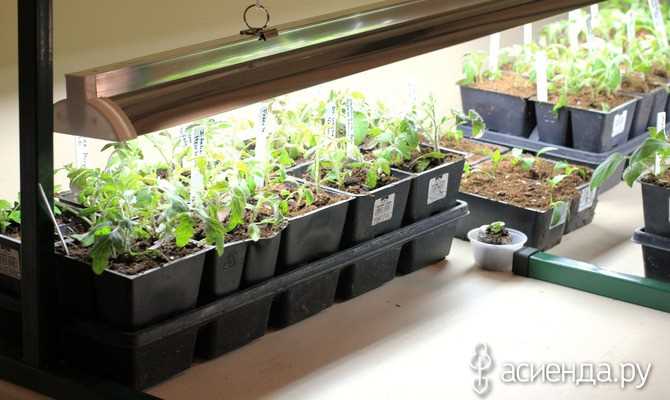
Полив является одним из самых важных аспектов ухода за рассадой. Он напрямую влияет на развитие растений и их будущий урожай. Для правильного полива необходимо учитывать несколько факторов.
Правильный режим полива: Рассаду следует поливать умеренно, не допуская пересыхания или переувлажнения почвы. Оптимальный режим полива зависит от вида растений и их возраста. Молодая рассада требует более частого полива, чем взрослые растения. Но при этом важно не заливать растения, чтобы не повредить их корни и не вызвать гниение.
Правильная техника полива: Для полива рассады рекомендуется использовать мягкий и равномерный поток воды. Лучше всего это делать с помощью поливального кувшина или мелкозубчатого разбрызгивателя. Такой способ полива позволяет равномерно увлажнять почву и избегать затопления и просыхания определенных участков.
Подсветка и полив: При использовании искусственной подсветки для рассады, полив следует проводить особенно внимательно. Искусственное освещение усиливает процессы испарения влаги, поэтому почва может быстрее высыхать. Рекомендуется проводить полив вечером или ночью, чтобы растения успели набраться влаги перед включением искусственного света.
Регулярность полива: Необходимо следить за состоянием почвы и растений, чтобы определить частоту полива. Рассаду следует поливать тогда, когда верхний слой почвы начинает подсыхать. Однако, не рекомендуется поливать рассаду слишком часто, так как это может привести к загниванию корней и развитию грибковых заболеваний.
Так стоп!!! Вы всё ещё не подписаны на наши каналы в Телеграмм и Дзен? Посмотрите: ТГ - (@historyfantasydetectivechat) и Дзен (https://dzen.ru/myshortsstorys)
Удобрение для рассады
Рассада требует особого ухода, чтобы вырасти здоровой и крепкой. Одним из ключевых аспектов заботы о рассаде является правильное удобрение.
Температура играет важную роль при использовании удобрений для рассады. Идеальная температура помещения для рассады составляет около 18-22 градусов Цельсия. При такой температуре растения максимально эффективно усваивают питательные вещества, содержащиеся в удобрениях.
Подсветка также имеет важное значение при удобрении рассады. Растения нуждаются в достаточном количестве света для фотосинтеза, который является основным процессом, обеспечивающим рост и развитие рассады. Если в помещении недостаточно естественного освещения, можно использовать дополнительные источники света, такие как фитолампы или светодиодные панели.
Правильный выбор удобрений для рассады также играет важную роль в процессе ухода. Рекомендуется использовать специальные удобрения для рассады, которые содержат необходимые микроэлементы и питательные вещества. Такие удобрения помогут рассаде получить все необходимые элементы для здорового роста и развития.
При использовании удобрений следует соблюдать рекомендуемую дозировку и частоту подкормок. Частое и избыточное удобрение может привести к перегрузке рассады питательными веществами, что может негативно сказаться на ее состоянии. Поэтому важно строго следовать указаниям на упаковке удобрений и не перекармливать рассаду.
В целом, правильное удобрение для рассады является важным компонентом ее здорового роста и развития. Температура, подсветка и выбор удобрений — все эти аспекты требуют внимания и правильного подхода для обеспечения рассаде оптимальных условий и питания.
Пикировка и пересадка рассады
Рассада – это молодые растения, которые выращиваются из семян и затем переносятся в грунт. Для успешного развития рассады необходимо правильно провести процедуру пикировки и пересадки.
Пикировка
Пикировка – это перевод рассады из общей емкости в индивидуальные горшки или ячейки, чтобы каждое растение имело достаточно места для корней. Перед пикировкой рассаду нужно хорошо полить, чтобы земля была влажной.
Корневая система рассады очень нежная, поэтому пикировку необходимо проводить очень аккуратно. Лучше всего использовать палочку или ложечку для переноски каждого растения в отдельный горшок или ячейку.
Пересадка
Пересадка – это перенос рассады из горшков или ячеек в открытый грунт или более просторные емкости. Перед пересадкой необходимо хорошо полить рассаду и подождать несколько часов, чтобы земля слегка подсыхала. Температура в помещении, где проводится пересадка, должна быть комфортной для рассады – около 20-25 градусов.
При пересадке рассады в открытый грунт, необходимо выбрать участок с хорошим освещением. Если рассада выращивалась под искусственным освещением, то ее нужно постепенно привыкать к солнечному свету, увеличивая время пребывания на улице каждый день.
Важно помнить, что после пикировки и пересадки рассаду необходимо внимательно ухаживать, обеспечивая ей достаточный полив, правильную температуру и подсветку, чтобы она успешно прижилась и продолжила свой рост.
Защита рассады от вредителей и болезней
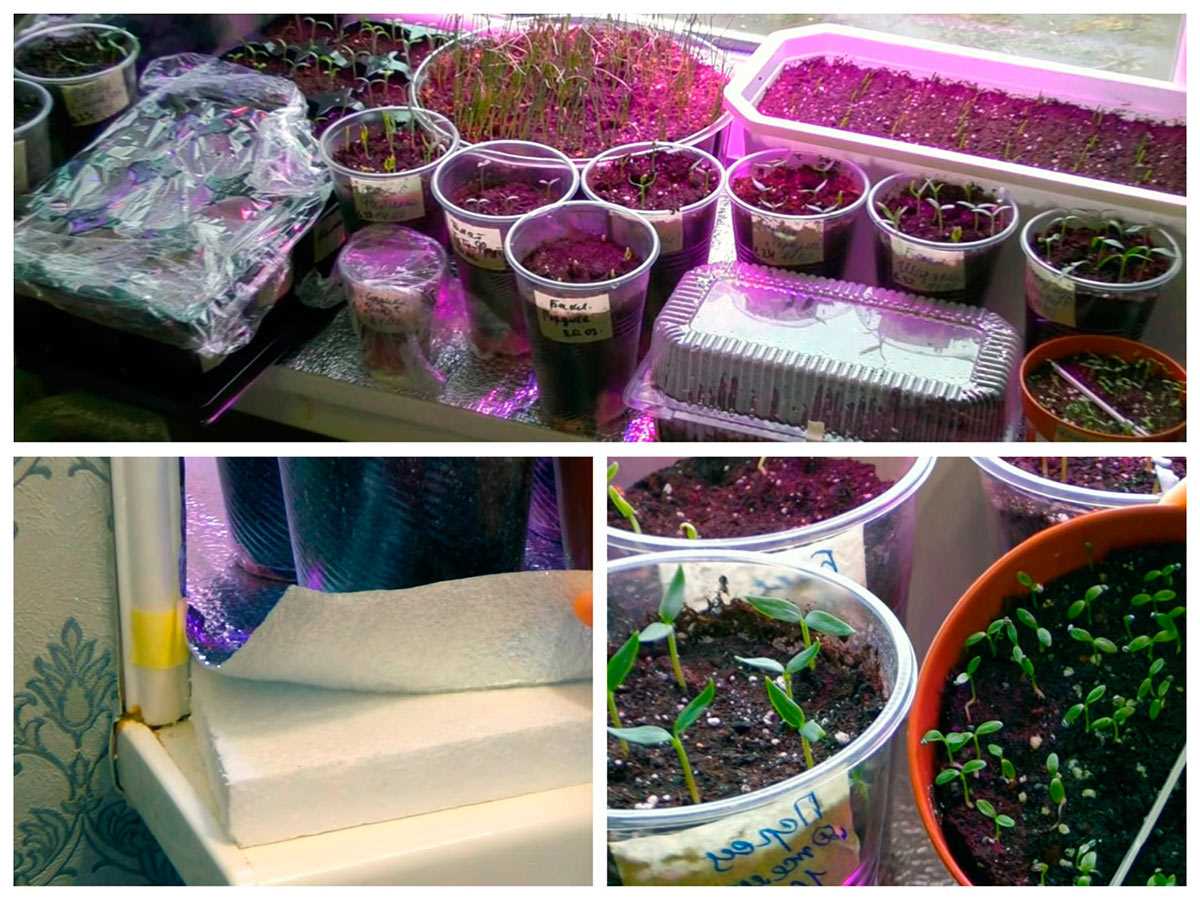
Для успешного выращивания рассады необходимо не только обеспечить оптимальную температуру, подсветку и полив, но и принять меры по защите от вредителей и болезней.
1. Профилактические меры: чтобы предотвратить появление вредителей и болезней, следует соблюдать правила гигиены при работе с рассадой. Регулярно мойте руки перед обработкой растений, используйте чистые инструменты и посуду. Также регулярно проветривайте помещение, где находится рассада, чтобы избежать скопления вредителей.
2. Механические методы борьбы: при обнаружении вредителей на рассаде можно воспользоваться механическими методами их уничтожения. Например, можно собирать вредителей вручную или использовать клейкие ловушки, чтобы улавливать насекомых.
3. Применение биологических препаратов: для борьбы с вредителями и болезнями рассады можно использовать биологические препараты. Они содержат полезные микроорганизмы и организмы, которые сражаются с вредителями и болезнями, не нанося при этом вреда растениям.
4. Химические препараты: в случае серьезного поражения рассады вредителями или болезнями можно воспользоваться химическими препаратами. Однако следует помнить, что они могут быть опасны для человека и окружающей среды, поэтому при их использовании необходимо соблюдать все предосторожности и действовать в соответствии с инструкцией производителя.
Следуя указанным рекомендациям по защите рассады от вредителей и болезней, вы сможете обеспечить ее здоровый рост и развитие, а также получить качественные растения для последующей посадки в открытый грунт.
Подготовка рассады к пересадке в открытый грунт
Пересадка рассады в открытый грунт – важный этап в выращивании растений. Чтобы рассада успешно прижилась и продолжила рост на новом месте, необходимо правильно подготовить ее перед пересадкой. Важными аспектами подготовки являются поддержание оптимальной температуры, регулярный полив и обеспечение достаточной подсветки.
Температура играет важную роль в процессе подготовки рассады к пересадке. За несколько недель до пересадки, растения следует начать закалять, постепенно привыкая к более низким температурам. Для этого можно постепенно снижать температуру в помещении, где находится рассада. Это поможет подготовить растения к изменяющимся условиям в открытом грунте.
Полив – еще один важный аспект подготовки рассады к пересадке. Перед пересадкой растения следует поливать регулярно, но не излишне. Земля должна быть влажной, но не перенасыщенной влагой. Перед пересадкой необходимо проверить, что корни растений не пересохли и находятся в здоровом состоянии.
Подсветка играет важную роль в успешной подготовке рассады к пересадке. Если растения выращивались в помещении с искусственным освещением, перед пересадкой их следует постепенно привыкать к естественному свету. Для этого рассаду можно выносить на улицу на несколько часов в день, увеличивая время постепенно. Таким образом, растения смогут адаптироваться к новым условиям и пересадка будет менее стрессовой для них.
Обеспечивая правильную температуру, регулярный полив и достаточную подсветку, можно успешно подготовить рассаду к пересадке в открытый грунт. Это поможет растениям прижиться и продолжить свой рост на новом месте.
Правильное время для пересадки рассады
Пересадка рассады является важным этапом в процессе выращивания растений. На успех пересадки влияют такие факторы, как полив, уход, температура и подсветка.
Перед пересадкой необходимо обеспечить достаточное количество влаги для рассады. Умеренный полив не только поможет растениям выжить в период пересадки, но и способствует более легкому отделению растений от почвы.
Уход за рассадой перед пересадкой также включает поддержание оптимальной температуры. Идеальная температура для пересадки рассады составляет примерно 18-20 градусов Цельсия. Это позволяет растениям легче приспособиться к новой среде и уменьшает риск перегрева или переохлаждения.
Подсветка является важным аспектом пересадки рассады. В процессе пересадки растения могут потерять часть своих листьев, что влияет на их способность фотосинтезировать. Подсветка помогает компенсировать эту потерю и обеспечивает растения необходимой энергией для роста и развития.
Секреты успешной адаптации рассады в открытом грунте
Секретом успешной адаптации рассады в открытом грунте является правильный уход, включающий в себя подсветку, полив и регулярное внимание к растениям.
Подсветка
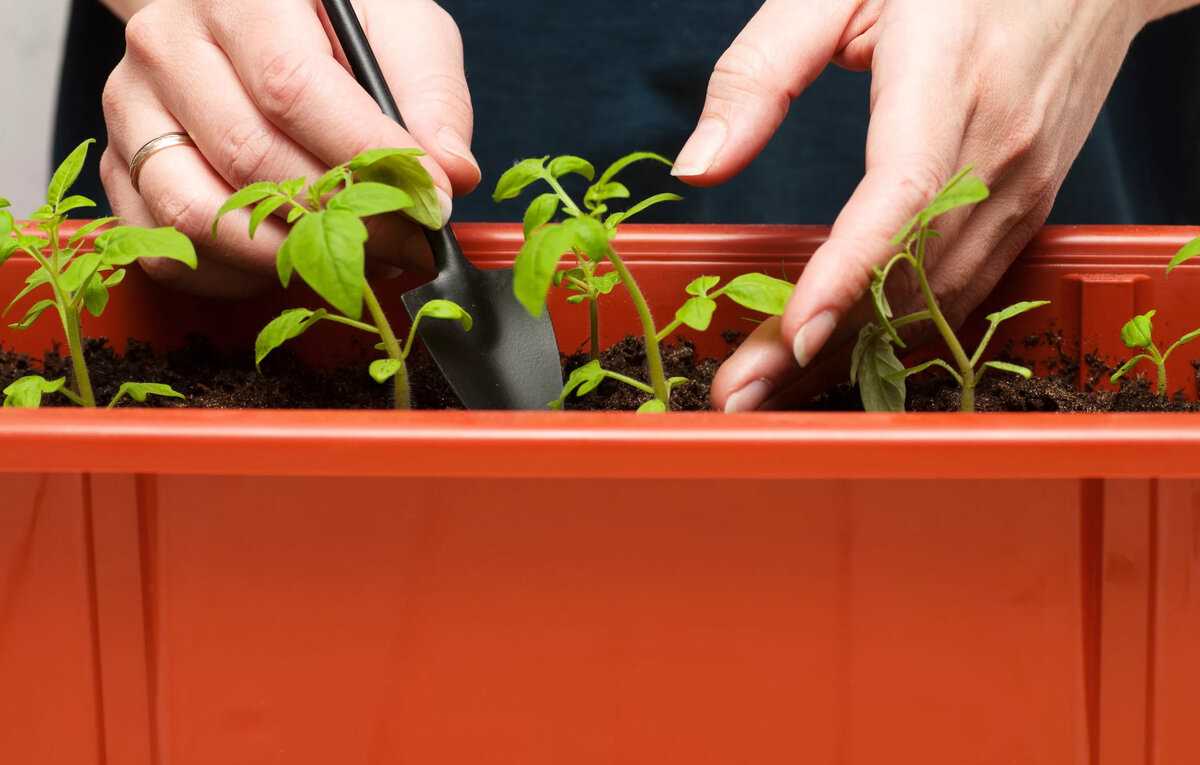
Для успешной адаптации рассады в открытом грунте необходимо обеспечить ее достаточным количеством света. Если на участке не хватает естественного освещения, можно использовать искусственную подсветку. Нужно помнить, что растения нуждаются в определенной продолжительности светового дня, поэтому регулируйте время работы ламп или подсветки соответственно.
Полив
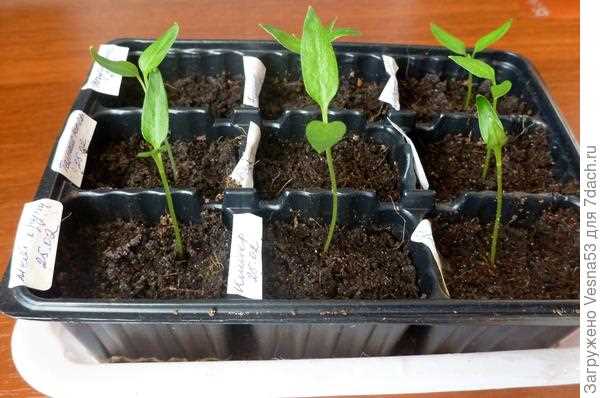
Важным аспектом успешной адаптации рассады является правильный полив. Растения необходимо поливать регулярно, поддерживая оптимальный уровень влажности почвы. Не допускайте пересушивания или переувлажнения грунта, так как это может привести к заболеваниям и плохой адаптации рассады.
Оптимальный режим полива можно определить, основываясь на виде растения, его потребностях в воде и погодных условиях. Важно помнить, что рассаду нельзя заливать водой, она должна быть влажной, но не мокрой.
Уход
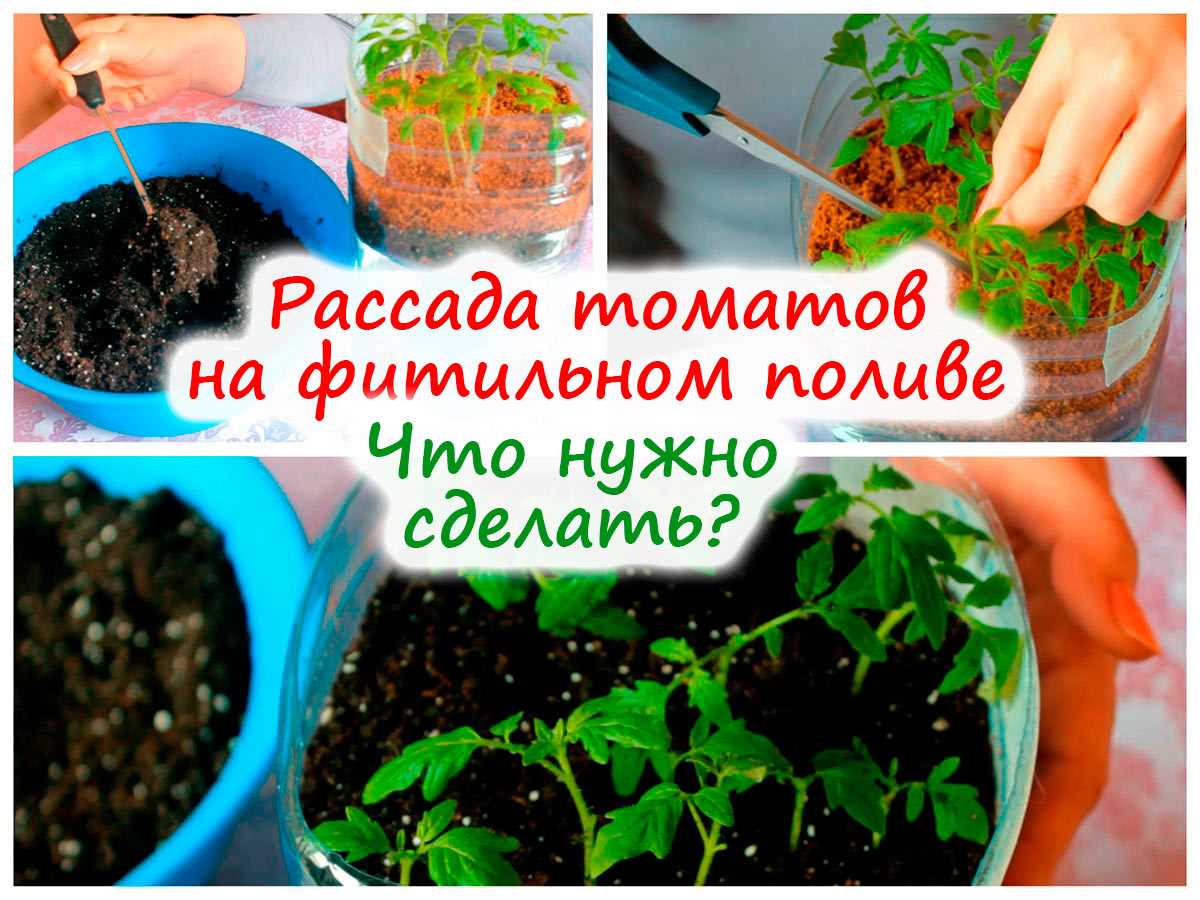
Помимо подсветки и полива, рассаде необходимо уделить достаточно внимания и заботы. Регулярно проверяйте растения на наличие вредителей и болезней. При обнаружении проблемных моментов, принимайте меры по их устранению. Также следите за температурными условиями, обеспечивая оптимальный режим для рассады.
В целом, успешная адаптация рассады в открытом грунте зависит от комплексного подхода к уходу. Правильная подсветка, регулярный полив и внимательный уход помогут растениям успешно прижиться и развиваться на открытом участке.
Вопрос-ответ:
Какая правильная температура для рассады?
Правильная температура для рассады зависит от вида растений. Но в целом, большинству растений необходима температура от +20 до +25 градусов Цельсия днем и от +15 до +18 градусов Цельсия ночью.
Какую подсветку нужно использовать для рассады растений?
Для рассады растений необходимо использовать специальные фитолампы или люминесцентные лампы. Они обеспечивают необходимый спектр света для нормального роста и развития растений.
Сколько раз в неделю нужно поливать рассаду?
Частота полива рассады зависит от вида растений и условий выращивания. В среднем, рассаду поливают 2-3 раза в неделю, поддерживая умеренную влажность почвы.
Какие секреты ухода за рассадой можно использовать, чтобы она хорошо развивалась?
Несколько секретов ухода за рассадой: регулярное поливание, правильная температура и подсветка, регулярная подкормка специальными удобрениями, обеспечение хорошей вентиляции и защита от вредителей.
Можно ли использовать обычный светильник для подсветки рассады?
Обычный светильник не является оптимальным для подсветки рассады. Лучше использовать специальные фитолампы или люминесцентные лампы, которые обеспечивают необходимый спектр света для нормального роста и развития растений.

